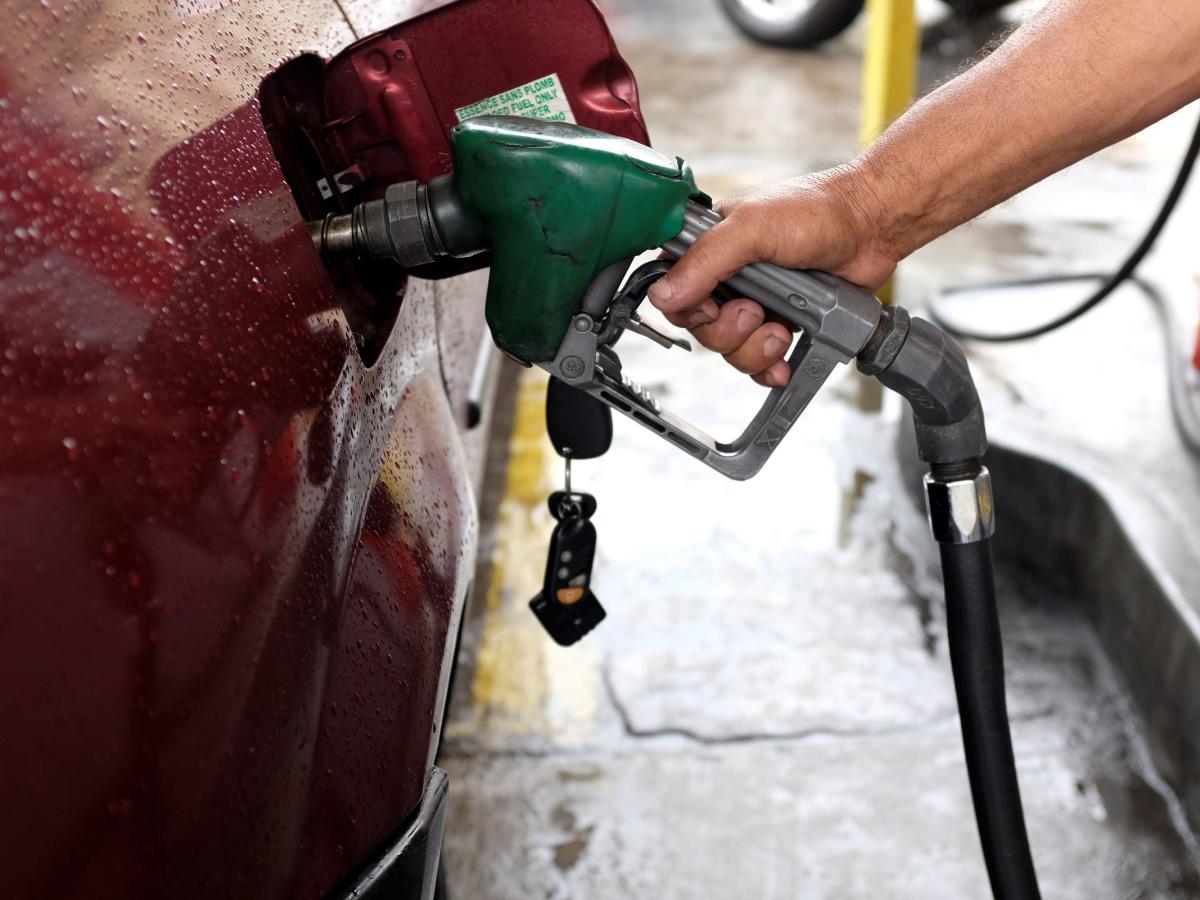-
Gasoline prices might reach as low as $3.25 by this year’s end, GasBuddy’s Patrick De Haan said.
-
That’s despite growing oil prices, with Brent trading above a $90 a barrel.
-
Gasoline is impacted by other factors, such as refinery activity and seasonal shifts.
While rising crude oil might be a disturbing sight, US drivers can expect a break for the time being: prices at the pump are falling and could continue sliding for the rest of the year.
As of Friday, the national average price for a gallon of gasoline stood at $3.558, down 8% from a 2023 peak reached last month, the American Automobile Association reported. That’s already about $5 saved per tanking, it added.
This downtrend is also in line with expectations, Patrick De Haan, GasBuddy’s head of petroleum analysis, told Insider.
“I do think that we’re going to make a run at prices that are in the low $3-range by the end of the year,” he said, citing a ballpark estimate of $3.25-$3.35 a gallon that represents a drop of up to 9% from current levels.
That would put gas prices within striking distance of this year’s low of $3.207 a gallon, according to AAA and OPIS metrics.
By contrast, oil prices have surged 10% from an early October low, with Brent crude, the international benchmark, trading around $92 per barrel. Growing geopolitical tensions are partially to blame, as well as OPEC production cuts.
Some might expect gas prices to follow crude oil higher, but De Haan pointed out that the commodity accounts for only about 55%-60% of the cost of gasoline.
Meanwhile, the relationship between oil and gas can fluctuate as demand changes, he said, while gasoline will also be swayed by separate factors.
In his view, the current decline is a seasonal norm, as cooler temperatures keep Americans inside and markets switch to cheaper winter gasoline blends.
Refinery issues are another factor. According to Robert Auers of RBN Energy, higher gasoline prices in the second quarter prompted refineries to overproduce, leading to an oversupply.
“Refiners everywhere went into max-gasoline mode, essentially, because that’s what the market was telling them to do,” he told Insider.
The narrative of a gas shortage even prompted speculators to hold net long positions on futures — now, such positions are at about a two-year low.
“So building inventories, seasonal declines, and then changing speculative positions brought gasoline cracks down,” he said, referring to the spread between crude oil and fuel prices.
John Auers, also an analyst at RBN Energy, added that gasoline demand may have become more elastic compared to five to 10 years ago, as remote work allows consumers more leeway in spending on gasoline.
Looking into the years ahead though, there are a few things that could shift future price movements. Of note is the current Israel-Hamas war, which could throw the oil market into turmoil if it escalates.
Meanwhile, RBN noted a handful of refineries worth paying attention to, given that they may greatly impact oil supply. For instance, the closure of LyondellBasell Houston refinery in early 2025 will take away 263,776 barrels of oil a day.
At the same time, new refinery projects in Nigeria and Mexico could swing market inventories in the complete other direction, Auers said, at levels that might suppress gasoline margins for a period of time.
Read the original article on Business Insider

Barbara Terrio is a seasoned business journalist, delving into the world of finance, startups, and entrepreneurship. With a knack for demystifying complex economic trends, she helps readers navigate the business landscape. Outside of her reporting, Barbara is an advocate for financial literacy and enjoys mentoring aspiring entrepreneurs.








